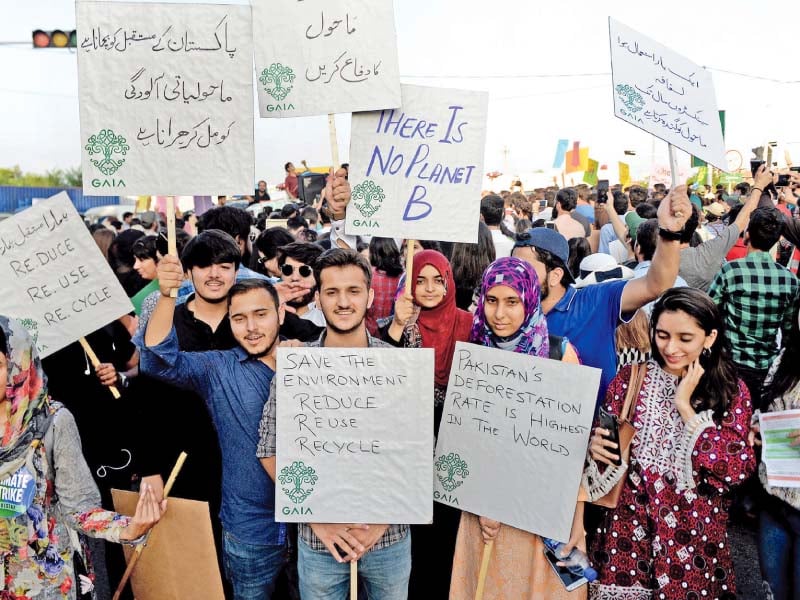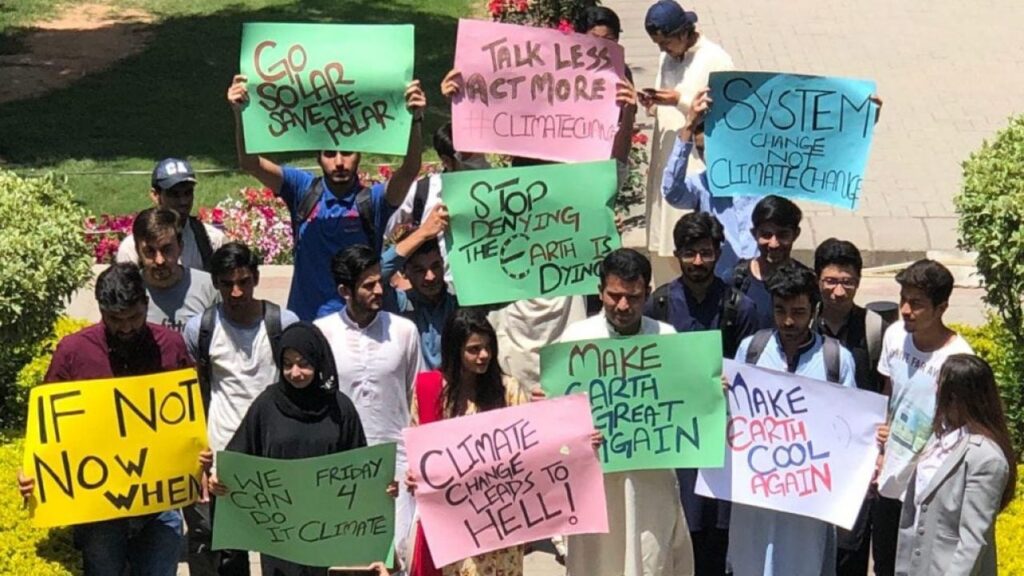
Challenges to Empowering Students to Combat Climate Change
Empowering students to combat climate change is a critical endeavor, as young people have the potential to drive meaningful change in addressing this global crisis. However, there are numerous challenges that they must confront in order to effectively take action. These challenges can be broadly categorized into four types: educational, social, political, and personal. In this extensive list, we will explore each of these challenges in detail, highlighting the specific obstacles students face in their quest to combat climate change.
Educational Challenges:
- Lack of Comprehensive Climate Education: Many education systems around the world do not provide students with a comprehensive understanding of climate change, its causes, and its effects.
- Outdated Curriculum: Educational materials and curricula often lag behind the rapidly evolving field of climate science, making it difficult for students to stay informed.
- Insufficient Resources: Schools often lack the necessary resources, such as textbooks and technology, to teach students about climate change effectively.
- Teacher Training: Educators may not be adequately trained to teach students about climate change, leading to inconsistent or inaccurate information.
- Climate Skepticism: Some teachers, parents, or policymakers may deny or downplay climate change, making it challenging for students to access accurate information.
- Standardized Testing Pressure: Students are often overwhelmed by standardized tests, leaving them with limited time to explore environmental issues or engage in climate activism.
- Lack of Hands-On Experience: Many students lack the opportunity to participate in practical, hands-on environmental activities due to budget constraints.
- Intergenerational Gap: There is often a generational gap in understanding climate change, with older generations being less aware or concerned about the issue, which can affect the support students receive.
Social Challenges:
- Peer Pressure: Students may face peer pressure that discourages them from engaging in climate activism, as it may be perceived as unconventional.
- Bullying and Stigmatization: Activist students may be subjected to bullying or stigmatization by peers who do not share their concerns about climate change.
- Youth Apathy: Some young people may be apathetic or indifferent to climate issues, which can hinder collective efforts.
- Consumer Culture: The consumer-driven culture often promotes unsustainable practices, making it difficult for students to resist environmental degradation.
- Social Media Challenges: While social media can be a powerful tool for activism, it can also expose students to misinformation and online harassment.
- Lack of Role Models: Students may struggle to find role models in their communities who are actively engaged in climate action.
- Local Cultural Barriers: Cultural beliefs and practices in some communities may be at odds with environmental conservation.

Political Challenges:
- Lack of Political Will: Many governments are slow to respond to climate change, which can be discouraging for student activists.
- Youth Representation: Students may have limited opportunities for political representation, making it difficult to influence climate policies.
- Policy Inertia: Bureaucratic inertia and resistance to change in government institutions can hinder effective climate policies.
- Corporate Influence: The influence of powerful corporations on politics can lead to policies that prioritize profit over environmental concerns.
- Climate Denialism in Politics: The presence of climate change deniers in political office can impede climate action.
- Complexity of Climate Policy: Climate policy can be complex, making it difficult for students to engage in meaningful advocacy.

Personal Challenges:
- Lack of Agency: Some students may feel helpless and believe their individual actions won’t make a difference.
- Eco-Anxiety: The weight of climate change can lead to eco-anxiety, affecting students’ mental health and motivation.
- Time Constraints: Students are often overwhelmed with academic and extracurricular commitments, leaving little time for activism.
- Financial Barriers: Climate-friendly choices, such as sustainable products or electric vehicles, can be costly and inaccessible to many students.
- Family Opposition: Some students may face opposition from their families regarding their environmental activism.
- Isolation: Student activists in less environmentally conscious areas may feel isolated and unsupported.
- Burnout: The intensity of climate activism can lead to burnout, reducing the sustainability of student efforts.

Conclusion:
In conclusion, empowering students to combat climate change is a multifaceted challenge that involves addressing educational, social, political, and personal obstacles. It is crucial to acknowledge and work towards solutions for these challenges in order to enable students to be effective agents of change in the fight against climate change.
All Categories
- Agricultural Methods
- Agriculture and Women Small Farmers Rights Awareness
- Climate Change
- Disable and Human Rights
- Disable Jobs
- Donation
- Education
- Health Issues
- Organic Foods
- Organic Vegetables
- Orphans Children
- Plastic production and disposal
- Services
- Sinking in Scarcity
- Success Stories
- Uncategorized
- Waste Management
- Women Rights
- Youth Empowerment




